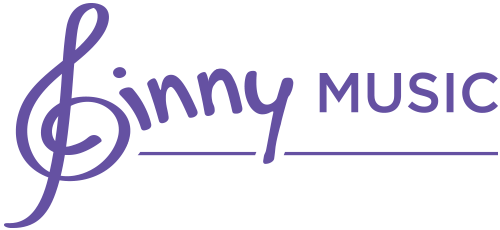
Dalcroze, Kodály, and Orff...oh my! (Part 1 of of 4)
Jul 29
2 min read
0
2
0
There are three (arguably, four) foundational philosophies or "methodologies" in music education. These are the pillars of most music classrooms, but there are countless reasons private teachers should familiarlize themselves with these philosophies.

The Dalcroze Method (Eurythmics)
I was first introduced to Eurythmics in an undergrad class at West Chester University. Also known as the Dalcroze Method, it is a music education approach developed by the early 19th-century Swiss composer and educator Émile Jaques-Dalcroze. It emphasizes the connection between music and movement, aiming to develop musicality, coordination, and expression through physical movement. The method is built on three primary components:
Eurhythmics: This aspect focuses on teaching rhythm, structure, and musical expression through movement. Students engage in activities that involve walking, running, skipping, and other movements to embody musical rhythms and dynamics.
Solfege: This component emphasizes ear training and sight-singing using the solfège syllables (do, re, mi, etc.). It aims to develop a strong sense of pitch function, enhancing the ability to read and interpret music accurately.
Improvisation: This aspect encourages spontaneous musical creation and exploration. Students use their voices, instruments, props, and bodies to improvise music, fostering creativity and a deeper understanding of musical elements.
Dalcroze's then-radical idea of teaching music through movement and play (as opposed to focusing primarily on reading and writing music) is now standard in the western elementary music classroom. This philosophy has a place in the private studio as well. Over the last twenty years, I've seen the normalization of eurhythmics: piano teacher blogs are filled with off-bench activities, preschool music and movement classes have gained popularity, and there are hundreds, if not thousands, of resources available online to help private teachers incorporate more movement in their private lessons. I have found that piano education tends to lead the private education realm, but the trends trickle down to other instruments as well.
Eurythmics in a private studio
The basic sequence for teaching using a Dalcroze-based teaching methodology is this:
HEAR - MOVE - FEEL - ANALYZE - WRITE - IMPROVISE - PERFORM
The most common applications of Eurythmics are for teaching steady beat, meter, and rhythm. Students can walk, march, skip, spin, or stomp around the room to match the steady beat and the teacher plays a piece. They can be led to clap (in lots of different ways!), wave, punch, and use all kinds of body percussion to match the piece. Using props like scarves, students can "draw the phrases," show the the melodic contour, or demonstrate dynamic levels. Pretend play can make the music come alive through story-telling; help your student create a story line for a piece they are playing. Tell them to think of the music as the soundtrack for the scene in their head. This emboldens students to play imaginatively and expressively.
The Dalcroze Method promotes a holistic approach to music education, integrating physical, auditory, and cognitive skills to cultivate a deep and intuitive musical understanding. It is often used with young children but can be adapted for learners of all ages.
How do you include movement in your studio? We'd love to hear about it in our Facebook community!




